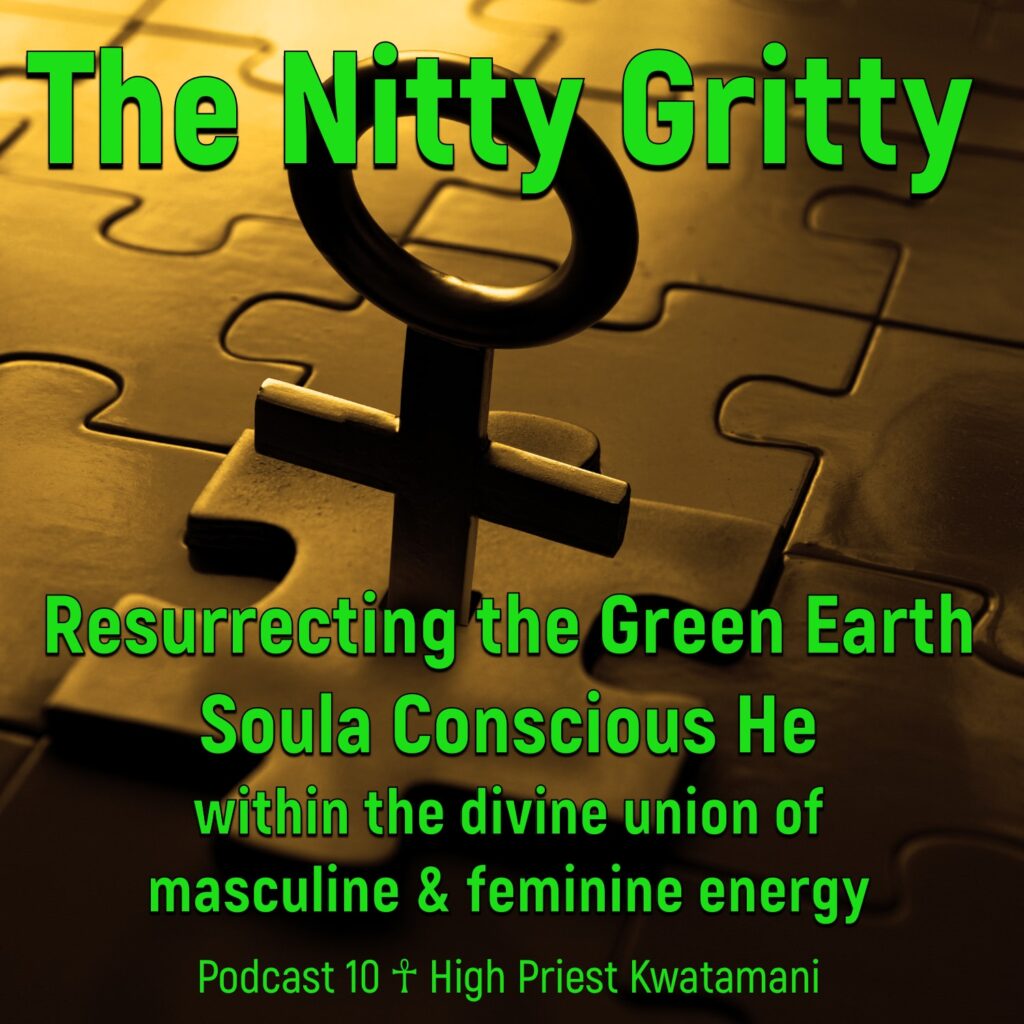
Let us rememeber the ancient River Valley Civilizations, whose existence revolved around the art of planting and harvesting. These indigenous Sacred Garden Culture societies ingeniously harnessed the bounty of Mama Earth to sustain their communities and shape their way of life.
The oldest, longest sustained and best documented of these garden cultures was known as Kemet (known today as Egypt), the black lands of fertile rich soil. The mighty Nile River served as the lifeline of civilization. The Kemetic people mastered the art of floodplain agriculture, harnessing the annual floods to enrich the soil and ensure bountiful harvests.
Their sophisticated irrigation systems, including canals and reservoirs, allowed them to cultivate a variety of crops, including wheat, barley, flax, and papyrus. The abundance of food provided by the Nile enabled the Kemetic populations to build magnificent cities, construct monumental structures, and establish a powerful empire that endured for millennia.
The River Valley Civilizations serve as a testament to the ingenuity and resourcefulness of our sacred ancestral spirit presence as Children of the Sun. Their reliance on planting and harvesting not only sustained their communities but also laid the groundwork for the Garden Cultural practices we employ today. As we reflect on their achievements, let us be inspired to honor their legacy by embracing sustainable gardening methods and preserving the precious natural resources of our collective home, Mama Earth. Together, we can ensure a future where the art of planting and harvesting continues to thrive, sustaining both our communities and the generations to come.

